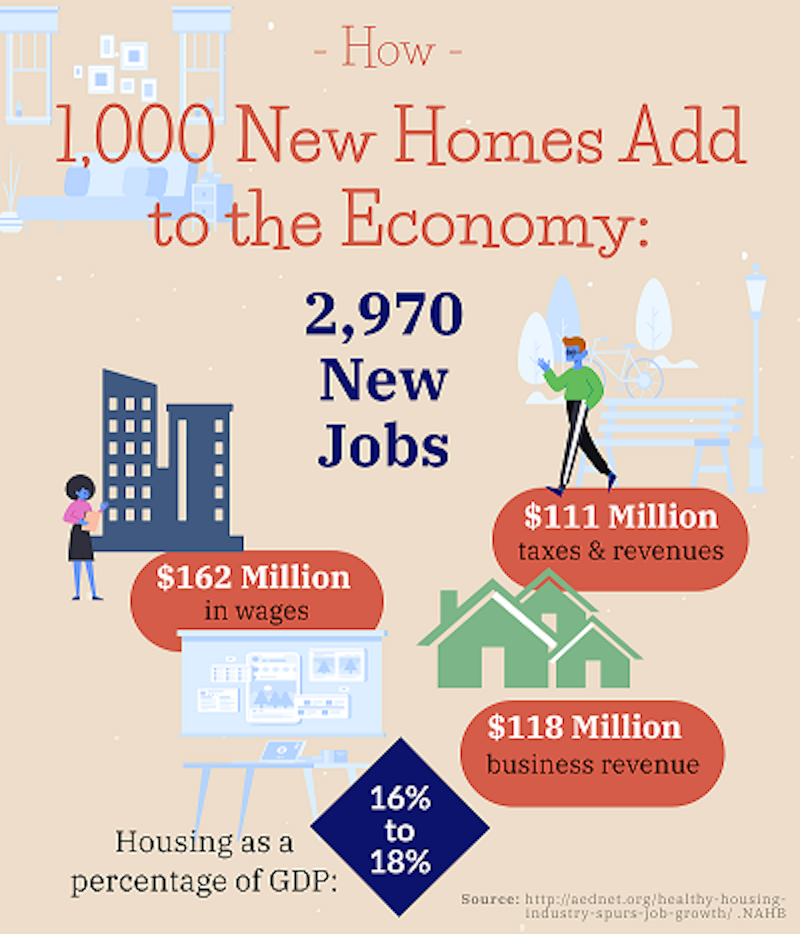Challenges to Homeownership

As we enter this current economic downturn, the need for housing in our major metro markets has never been more severe. This stands in sharp contrast to other economic downturns, such as the recession that began in 2008, when the market was saturated with a surplus of housing: over 2 million homes as reported in a recent CNBC Video. In this market cycle we have an extreme lack of homes and an economic downturn that is drastically different than most. Not brought on because of an economic cycle, or a crash of any financial market or financial instrument; this cycle is the result of COVID-19.

A recent report from FHLMC (Freddie Mac) puts today’s housing shortage at 2.5 million homes nationwide; however, when we focus the lens on core metro markets where the shortage is highly concentrated, the deficit grows to 3.3 million homes. This points out that a housing surplus in Akron, Ohio does nothing to offset a severe deficit in California’s Bay Area.
These huge gaps between supply and demand existed in many of our markets prior to onset of the COVID-19 crisis: places like Denver, Silicon Valley, the Bay Area, Southern California, and markets like Portland and Seattle. That condition has not changed. If anything, it has gotten worse.
This inventory shortage contributes to housing as a core industry that can lead economic recovery. One of the most difficult economic outcomes of the pandemic is severe job loss, particularly in the service sector. Yet, here is one of the ways housing acts as a positive sector that does – and will – bring sorely needed new jobs to the economy. Homebuilding has a much deeper impact on communities than simply construction jobs. According to an NAHB analysis, the broad impact of new construction shows that 1,000 new homes generate 2,970 full-time jobs, $162 million in wages, $118 million in business income, and $111 million in taxes and revenue for state, local and federal governments. The same report also notes that housing as an industry, with related businesses, is currently 2%-3% less of our GDP than historical norms that range up to 18%.
The extreme lack of housing supply, combined with the job creation that comes with new development, is evidence that housing will be a strong driver of economic recovery post COVID-19. Other less empirical evidence, such as people being tied to their apartments for two plus months, and low mortgage rates, coupled with the strong job retention within our target markets, are also key indicators that we should continue to see the housing market as the leader of economic growth.
 © Copyright 2024, The True Life Companies. All Rights Reserved. Website Design by Kovach Marketing. Development & Hosting by Blue Tangerine.
© Copyright 2024, The True Life Companies. All Rights Reserved. Website Design by Kovach Marketing. Development & Hosting by Blue Tangerine.